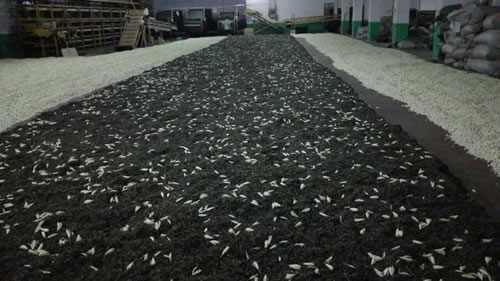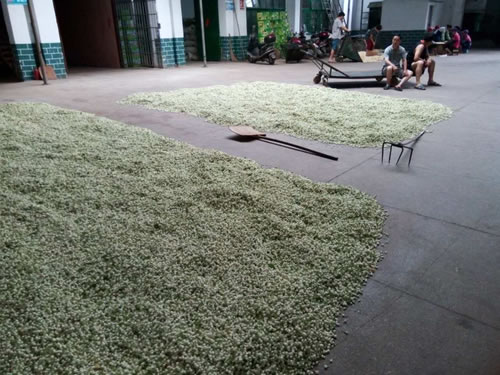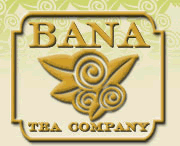
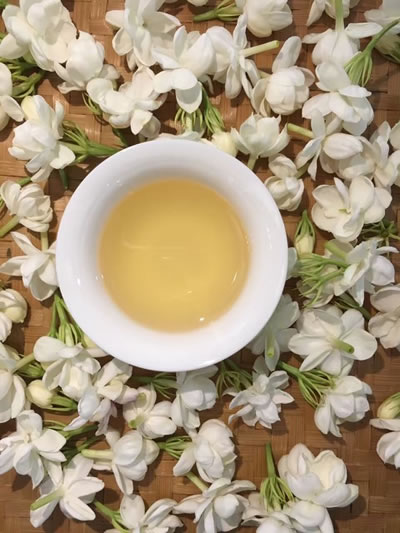 For many Westerners, jasmine tea is their gateway tea to Chinese tea. Jasmine is often offered at no charge at Chinese restaurants. Because of its aroma, jasmine is one of the most popular Chinese teas in the West.
For many Westerners, jasmine tea is their gateway tea to Chinese tea. Jasmine is often offered at no charge at Chinese restaurants. Because of its aroma, jasmine is one of the most popular Chinese teas in the West.
Jasmine teas certainly are not made equal. While the top quality jasmine teas use premium base leaves and require multiple rounds of scenting, commercial grade jasmine tea uses lower grade leaves and undergoes much less scenting. In some cases, jasmine teas are just scented through the use of sprayed jasmine extract rather than through natural scenting.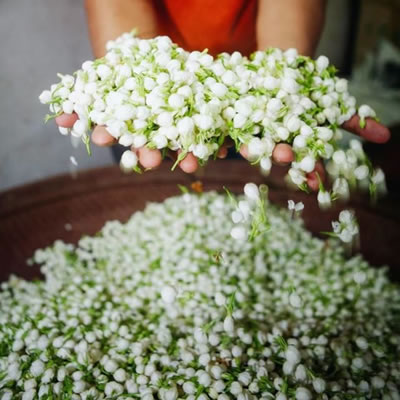 The Northeast region of Fujian Province is home to Jasmine tea, as has been since the 1800s. Tender tea buds grown in this region are considered the best base material for jasmine tea because they are less astringent and downier, making them more conducive to scenting. The base tea used to make jasmine tea is processed in spring. After processing is complete, the base tea is stored away until the time of the season when jasmine flowers are in full bloom and the time is optimal for scenting.
The Northeast region of Fujian Province is home to Jasmine tea, as has been since the 1800s. Tender tea buds grown in this region are considered the best base material for jasmine tea because they are less astringent and downier, making them more conducive to scenting. The base tea used to make jasmine tea is processed in spring. After processing is complete, the base tea is stored away until the time of the season when jasmine flowers are in full bloom and the time is optimal for scenting.
In Fuding 's Fang Ming Tea Factory, average quality jasmine tea begins production at the end of May. The production of top jasmine tea does not start until August when the average temperature reaches 40°C or above. According to the owner of Fang Ming Tea Factory, "summer flower" (Shu hua) is the best jasmine for scenting.
The process is laborious and repetitive. A layer of unopened jasmine buds is added on top of a pile of finished tea leaves for scenting from 9 p.m. to 9 a.m. the next morning. During this time the jasmine buds fully blossom and they slowly release their aroma onto the tea leaves. When one round of scenting is complete, jasmine blooms are sifted out and separated from the tea leaves. The leaves, which are damp at this point, need to be dried and rested for a few days. Great care needs to be taken during the drying process to ensure that the moisture is eliminated from the leaves but the scent of the jasmine is retained.
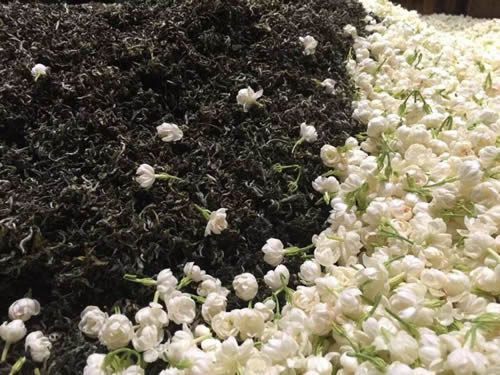
When the leaves are ready for another round of scenting, the entire process repeats again. Top-grade jasmine, such as the Dragon Buds Jasmine, undergoes ten rounds of scenting in order for the tea leaves to absorb the optimal level of fragrance from the jasmine blooms.
The manufacturing of a top-grade jasmine tea takes at least a month and it is produced only once a year. The production process requires great skill and years of experience. The production of superior jasmine tea is a work of art and the result is something truly special. Due to the very limited amount that is produced, we need to pre-order and pre-pay each spring of each year in order to secure our order in the summer.
High-grade jasmine tea typically does not have jasmine flowers mixed therein. Spent jasmine flowers not only do not add any fragrance to the tea, it adds unnecessary weight, resulting in less tea.
